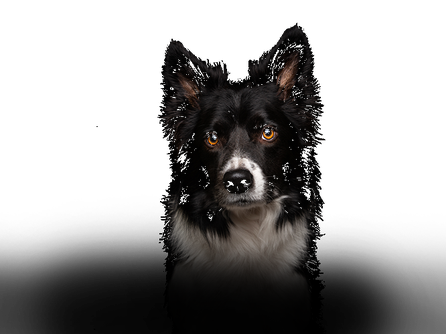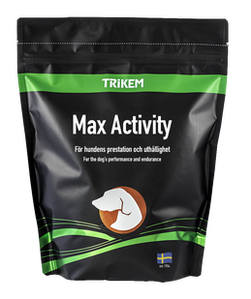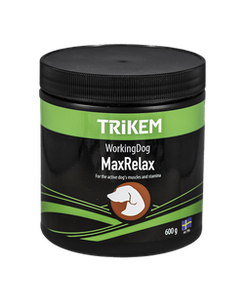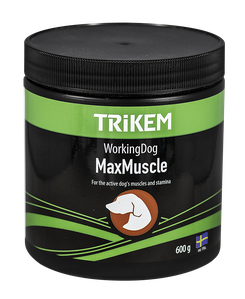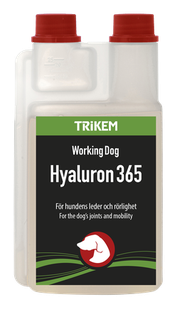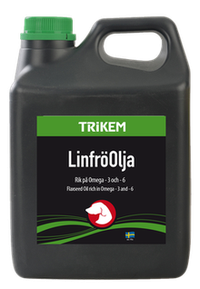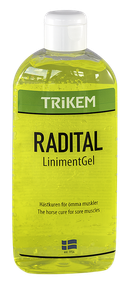Academy / Dog / Joints & Muscles / Strengthen your dog with a balance ball
Strengthen your dog with a balance ball
Training with a balance ball as a preventive activity is suitable for all dogs, regardless of their activity level, age, or size. Beyond the physical benefits, it also impacts dogs mentally by boosting their confidence. Most dogs find it an enjoyable activity that provides mental stimulation and enrichment. Whether you train in obedience, agility, tracking, hunting, or simply go for walks, balance ball training is an excellent way to improve overall performance and reduce the risk of injuries. Additionally, balance ball exercises require little space and can be easily done at home.
Why use a balance ball?
Balance and stabilization training strengthen the body and improve muscle control under load. If stabilizing muscles are weak or untrained, the dog’s body compensates in various ways to manage movement. This increases the risk of injuries, as the body becomes less capable of handling forces with untrained muscles. Weak muscles also lead to an increased risk of wear and tear injuries because the joints have to absorb more load when muscles are not strong enough.
Positive effects of balance and stabilization training:
- Improved body awareness, coordination, and balance
- Enhanced performance ability
- Optimized muscle strength
These benefits collectively reduce the risk of injuries. However, if your dog is sick or injured, consult a veterinarian or physiotherapist before starting balance ball training.
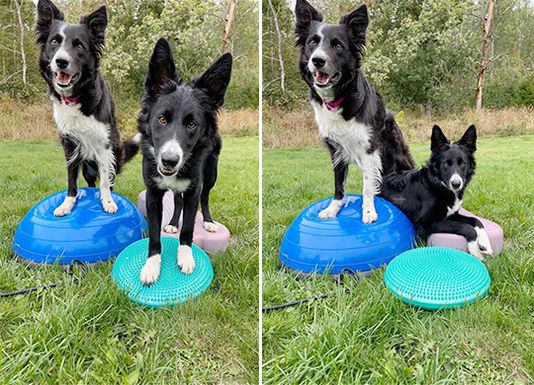
The dog's muscles
Like humans, dogs have three types of muscles:
- Cardiac muscles, Found in the heart.
- Smooth muscles, Located in structures like blood vessel walls.
- Skeletal muscles, Responsible for movement.
Skeletal muscles are divided into two types: mobilizing and stabilizing muscles. Mobilizing muscles are responsible for strength and large movements. These muscles are large, often located superficially, and are the ones visible during muscle growth. Stabilizing muscles, on the other hand, help control and stabilize movements and adjust joint positions. In general, mobilizing muscles tend to become overactive and tight, while stabilizing muscles often become elongated and weak. This imbalance increases the risk of injuries and wear.
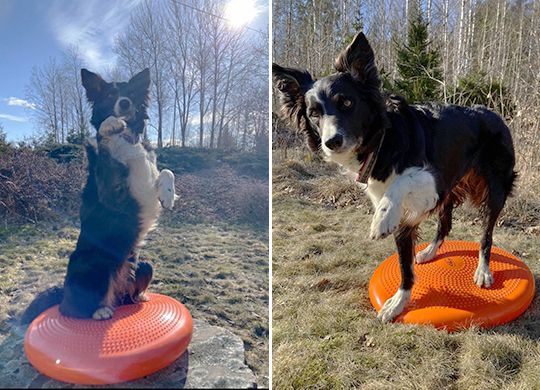
How to get started
The most important thing is to ensure that the dog associates balance balls with something positive.Train in a familiar environment where the dog feels calm and safe, free from distractions. Treats can be helpful, but ensure they don’t create high energy levels, as the goal is to have a calm and cooperative dog. A good starting point is to place treats on the ball and let the dog take them. The next step is encouraging the dog to place its front paws on the ball. Once the dog feels secure, understands that the ball is a positive activity, and can comfortably place its front paws on it, you can progress further with the training. It’s important to stabilize the ball—for example, by using a wall or your legs—to prevent it from moving in any direction. The unstable surface alone is challenging enough for the dog. Gradually, you can increase the difficulty by allowing the ball more freedom of movement.
Always train in short sessions and double the rest time relative to the training time. For an experienced dog, a session without breaks should last a maximum of 5 minutes. For a beginner, starting with 3 x 30-second sessions is ideal. Train for 30 seconds, allow 60 seconds of rest, and repeat. Never increase both the difficulty level and the duration simultaneously. Train at least 3–4 times per week if you want to gradually increase the difficulty level.
You can never correct a dog to balance better, as balance and body control are functions the body must develop through training. If the dog struggles, it’s not the dog’s fault—it means the task was made too difficult too soon. If you need help getting started, there are several certified balance ball instructors in Sweden who offer courses or private lessons.
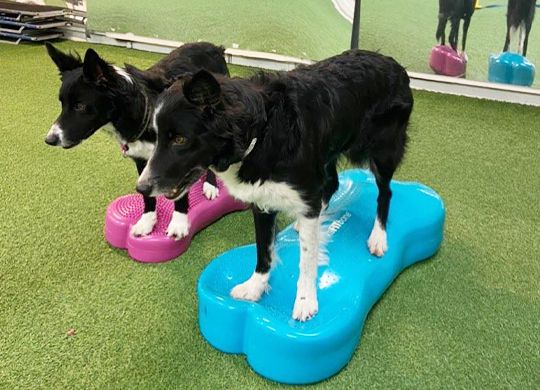
Which ball should you choose?
There are many types of balance balls available on the market, ranging from classic Pilates balls to balance boards. It’s essential to select a ball type that suits your dog’s physical characteristics, such as size, body shape, age, and health status.
Consider consulting a physiotherapist or knowledgeable store staff and provide them with information about your dog and your training goals to get assistance in choosing the right equipment. When purchasing a balance ball, instructions and training tips are often included—read them carefully to avoid unnecessary injuries to your dog. In addition to the five most common types of balls mentioned below, there are several specialized models designed for rehabilitation or other specific types of training.

Balance Disc
A great beginner ball for an inexperienced dog. Its flat shape and low height make it easy for the dog to step onto.

Bone Ball
A good progression from the balance disc is the bone ball. This type provides stabilizing support for the dog.

Peaunut Ball
Due to its double-body shape, the peanut doesn’t roll away like a regular ball but only moves side to side. The peanut feels more stable to the dog than a round ball, offering a sense of security that helps the dog quickly learn the technique of balance ball training.

Donut/Ring Ball
Thanks to its shape, the donut ball stays in place on the floor. The air is more evenly distributed, making the dog stand more steadily on this model compared to a regular ball. A donut is best suited for dogs that have already practiced balance training for some time.

Egg Ball
The shape of the egg ball, as the name suggests, resembles an egg. Training with an egg ball demands a lot from the dog, both physically and mentally. Even though the exercises may seem simple, it’s important to keep training sessions short. The egg ball has a high difficulty level and is not suitable for beginners.


